Piping systems are an integral part of industrial processes. The efficient and safe operation of piping systems depends on a number of factors, one of which is the design and installation of piping vibration isolators. Piping vibration isolators are used to control and reduce the transmission of vibration and noise through piping systems. This article will discuss the importance of piping vibration isolators, their design and installation, and the factors to consider when selecting the appropriate isolators for a particular piping system.
Importance of Piping Vibration Isolators
Piping vibration can cause a number of problems in industrial processes, such as increased wear and tear on equipment, increased maintenance costs, decreased efficiency, and safety hazards. Vibration can be caused by a number of factors, including fluid flow, pressure changes, mechanical equipment, and external sources such as wind and earthquakes. Piping vibration isolators are designed to control and reduce the transmission of these vibrations, protecting the piping system and other equipment from damage and ensuring efficient and safe operation.
Design and Installation of Piping Vibration Isolators
Piping vibration isolators are typically made of elastomeric materials, such as rubber or neoprene, and are designed to provide a flexible connection between the piping system and the supporting structure. The isolators are installed at the points where the piping system is attached to the supporting structure, such as pipe hangers, supports, and anchors. The design and installation of the isolators should be based on the specific requirements of the piping system, taking into consideration factors such as the size and weight of the piping, the type of fluid being transported, the operating temperature and pressure, and the frequency and amplitude of the vibrations.
Types of Vibration Isolators
There are several types of vibration isolators that can be used for piping systems, including:
- Spring Isolators: Spring isolators use metal springs to absorb and dampen vibrations. They are typically used in applications where the frequency of vibration is high.
- Rubber Isolators: Rubber isolators use elastomeric materials, such as neoprene or natural rubber, to dampen vibrations. They are typically used in applications where the frequency of vibration is low to medium.
- Inertia Base Isolators: Inertia base isolators use a heavy mass, such as a concrete block, to provide a stable base for the piping system. They are typically used in applications where the frequency of vibration is low.
- Friction Pad Isolators: Friction pad isolators use a pad of material, such as cork or felt, to dampen vibrations. They are typically used in applications where the frequency of vibration is low to medium.
- Air Spring Isolators: Air spring isolators use a chamber of air to absorb and dampen vibrations. They are typically used in applications where the frequency of vibration is low to medium.
- Wire Rope Isolators: Wire rope isolators use multiple strands of wire rope to provide a flexible connection between the piping system and the supporting structure. They are typically used in applications where the frequency of vibration is high.
The type of vibration isolator used will depend on the specific requirements of the piping system, taking into consideration factors such as the size and weight of the piping, the type of fluid being transported, the operating temperature and pressure, and the frequency and amplitude of the vibrations.
Factors to Consider When Selecting Piping Vibration Isolators
When selecting piping vibration isolators, there are a number of factors to consider. These include:
- Material: The material of the isolator should be selected based on the specific requirements of the piping system, taking into consideration factors such as the type of fluid being transported, the operating temperature and pressure, and the frequency and amplitude of the vibrations.
- Load capacity: The isolator should be able to support the weight of the piping system and the fluid being transported.
- Frequency and amplitude of vibrations: The isolator should be designed to provide sufficient damping of the vibration frequency and amplitude.
- Operating temperature and pressure: The isolator should be able to withstand the temperature and pressure of the fluid being transported.
- Environmental conditions: The isolator should be able to withstand the environmental conditions of the installation site, such as wind, rain, and temperature fluctuations.
- Installation requirements: The isolator should be designed to meet the specific installation requirements of the piping system, such as the type of pipe hanger or support being used.
Components of Piping Vibration Isolators
Piping vibration isolators consist of several components that work together to reduce and control the transmission of vibration and noise through piping systems. The components of piping vibration isolators typically include:
- Base Plate: The base plate is the component that attaches the isolator to the supporting structure, such as a pipe hanger or support.
- Load Plate: The load plate is the component that attaches the isolator to the piping system.
- Isolation Element: The isolation element is the component that provides the flexibility and damping required to reduce the transmission of vibration and noise. The isolation element can be made of different materials, such as rubber, neoprene, or metal springs, depending on the specific requirements of the piping system.
- Bolts and Nuts: Bolts and nuts are used to secure the base plate, load plate, and isolation element together.
- Washer: Washers are used to distribute the load evenly across the isolation element and to prevent damage to the isolation element.
- Lateral Restraint: Lateral restraints are used to prevent the piping system from moving laterally, which can cause damage to the isolation element.
The design and selection of these components will depend on the specific requirements of the piping system, such as the size and weight of the piping, the type of fluid being transported, the operating temperature and pressure, and the frequency and amplitude of the vibrations. Proper selection and installation of these components are essential to ensure that the piping vibration isolators perform effectively and reliably.
Conclusion
Piping vibration isolators are an important component of industrial piping systems, protecting equipment from damage and ensuring efficient and safe operation. The design and installation of piping vibration isolators should be based on the specific requirements of the piping system, taking into consideration factors such as the size and weight of the piping, the type of fluid being transported, the operating temperature and pressure, and the frequency and amplitude of the vibrations. When selecting piping vibration isolators, it is important to consider factors such as material, load capacity, frequency and amplitude of vibrations, operating temperature and pressure, environmental conditions, and installation requirements. By selecting the appropriate piping vibration isolators, industrial processes can operate efficiently and safely, with reduced maintenance costs and increased productivity.



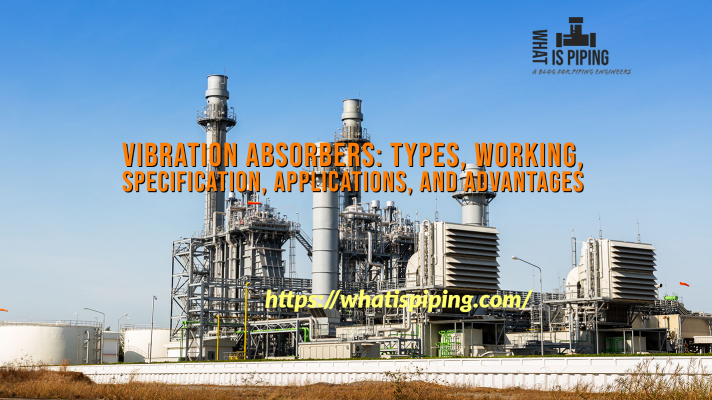
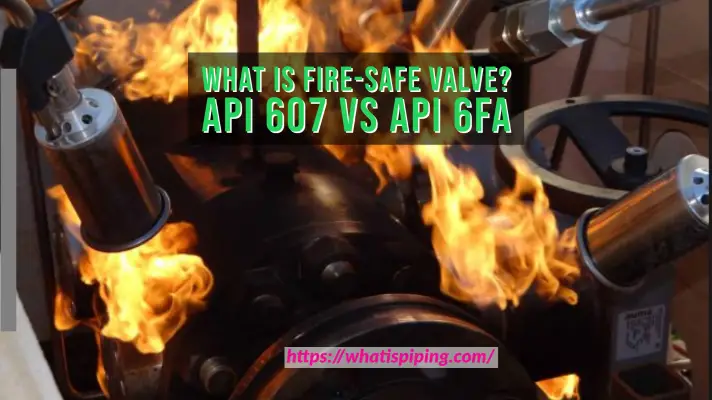

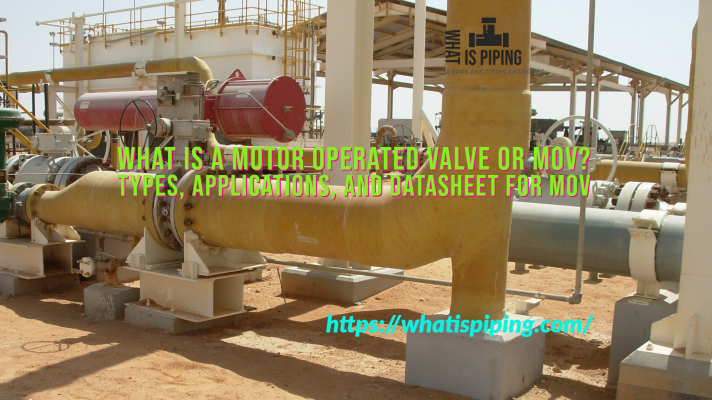
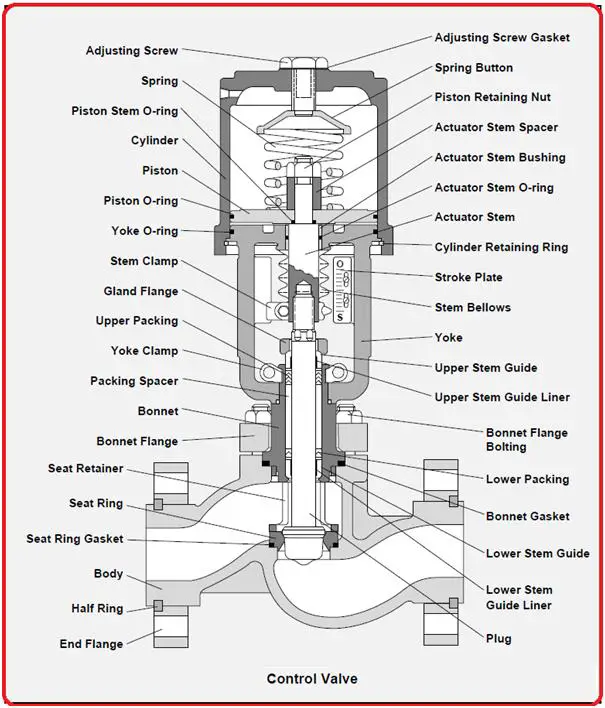
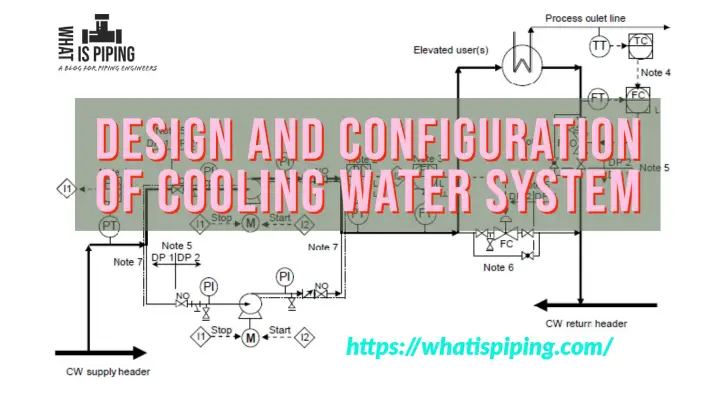
Nice observation
“A comprehensive guide on piping vibration isolators covers types, installation, maintenance, and benefits, ensuring optimal system performance.”